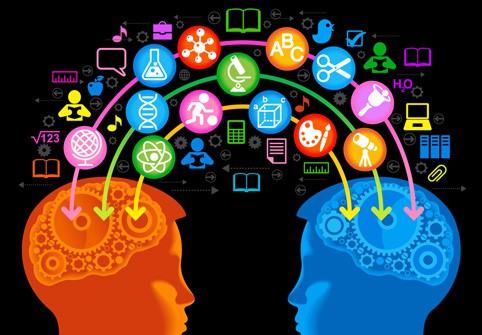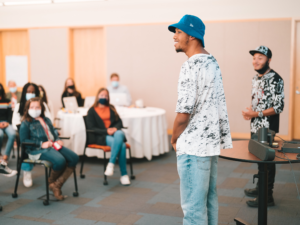10 Reasons the Shift May Happen Faster Than You Think

At the State EdTech Directors Association (SETDA) annual conference I talked about a dozen of the factors accelerating the shift to digital learning:
1. Cheap tablets: they cost less than a backpack of books.
2. More broadband and promising initiatives to extend access to low income families.
3. Nearly ubiquitous cell phones and a growing number of Bring-Your-Own-Device districts.
4. Apps: great app development platforms and an explosion of Apple and Android learning apps being adopted by students, teachers, and parents
5. Online assessment: most state will adopt by 2014 requiring some version of high access environments.
6. OER & freemium: lots of great content and resources available for free, many for reuse.
7. Informal learning: free learning resources often used outside of school (i.e., Khan Academy) becoming part of millions of student’s day.
8. Self blending: where possible students are choosing online courses.
9. States and districts trying to save money and realize there is some potential to save a little with the shift to online/blended.
10. Blended school results continue to be promising (i.e., Rocketship, Carpe Diem, KIPP Empower).
11. Native teachers: the teaches we just hired went to kindergarten in 1994 when the Web exploded, grew up on cell phones, and facebooked their college dorm before setting foot on campus.
12. Advocacy projects are paving the path: The Digital Learning Now Roadmap provides detailed guidance to state policy makers.
The old system is being enveloped by new capabilities and the pace of tech development continues to accelerate. We’re living on an exponential curve. The warning on your rearview mirror may say: Objects may be closer than they appear. But in this case, objects (and events) straight in front of us are closer than they appear
Benefiting from the leadership of Gov. Angus King, Maine has a decade head start on most of the country in terms of the shift to digital learning.
Maine’s edtech director Jeff Mao reminded us of Maine’s leadership role in student access: all Maine middle schools are 1:1 as are most high schools. Jeff introduced Ted Hall, principal of Yarmouth High, who recalled that in 2006 9th, 10th and 11th graders received laptops. In 2008, first group of 7th graders to complete a 1:1 secondary experience graduated from school. Ted recently stepped in and taught a science course for a few weeks and notices that he did more chem. and less tech than when he taught—the tool set was a natural for his students.
Ted pointed to factors contributing to success at Yarmouth High:
- teachers need to use the laptops in their teaching
- tight-loose approach: some stuff is required (i.e., presence on the web), some is optional
- a tech integration teacher who is helping teacher to change their teaching practices
- sometimes slower is faster
- engage students in every decision you make
- make sure you have a nearly foolproof network
- treat tech as a tool, not the innovation
Yarmouth senior Hannah Potter described her project, Connecting Students Around the World. After spending time with Iraqi youth, Hannah ser up NewViewUS.org, a discussion board for young people that, like her, have found more similarities than differences across international boundaries.
Entrepreneur and high school senior Chris Jones (MrChrisJones.com), created email app MobileCube, and now works with Studio182 where, at 18, he’s one of the older partners. Check out their polling app at Voice.Studio182.net. Chris shared five tips for young entrepreneurs:
- set your own boundaries: work on your own goals at your own pace
- search, discover, repeat
- love to teach, love to learn
- take every opportunity, no matter how big or small it is
- pursue your dream and don’t let anyone or anything stand in the way
These seniors are certainly success stories for Yarmouth–students that made the most of the technology. But I get the impression that while many Maine secondary schools have made the shift from print to digital, some are not really blended (not in the sense that they’ve improved learning and operating efficiencies) or really competency-based. The Maine experience suggests that, without a dramatic shift in policy and without a competitive online landscape, the more fundamental shifts envisioned in Digital Learning Now may take longer to develop.








0 Comments
Leave a Comment
Your email address will not be published. All fields are required.